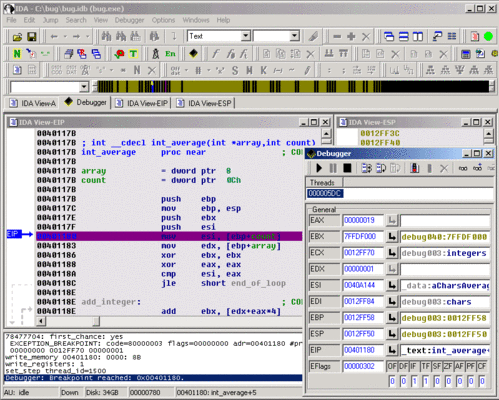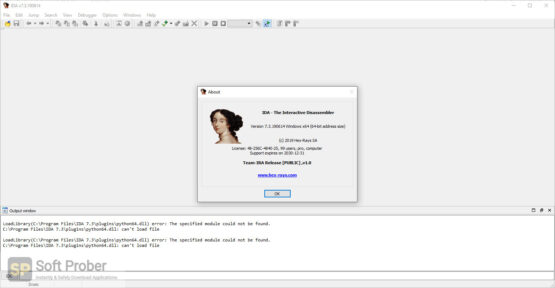

It is possible to configure IDA to automatically request metadata at the end of analysis.” This is a great way to improve the disassembly listing. If metadata is found, it will be downloaded and applied to the current database. Instead, it sends some hash values and this is enough for Lumina to find the corresponding metadata. When using Lumina, IDA does not send byte patterns to the server. Any user can send or receive metadata from Lumina.

“The Lumina server is currently very simple: it holds metadata (function names, prototypes, comments, operand types, and other info) about well-known functions. If your organization has a need for this expertise, please feel free to reach out.Introduced in IDA 7.2 Lumina is an online function recognition feature described in those terms: RET2 is happy to consult in these spaces, providing plugin development services, the addition of custom features to existing works, or other unique opportunities with regard to security tooling. Our experience developing for these technologies is second to none. It is a developer-oriented plugin designed to aid in the research and development of microcode-based plugins/extensions for the Hex-Rays decompiler. In this post, we presented a new IDA Pro plugin called Lucid. As the initial release, the codebase is a bit messy and the README contains a few known issues/bugs at the time of publication.įinally, there is no regular development scheduled for this plugin (outside of maintenance) but I always welcome external contributions, issues, and feature requests. The code for Lucid is available on github where it has been licensed permissively under the MIT license. You can view these individual trees by right clicking an instruction and selecting View subtree. Viewing the sub-instruction tree of a given microinstruction


 0 kommentar(er)
0 kommentar(er)
